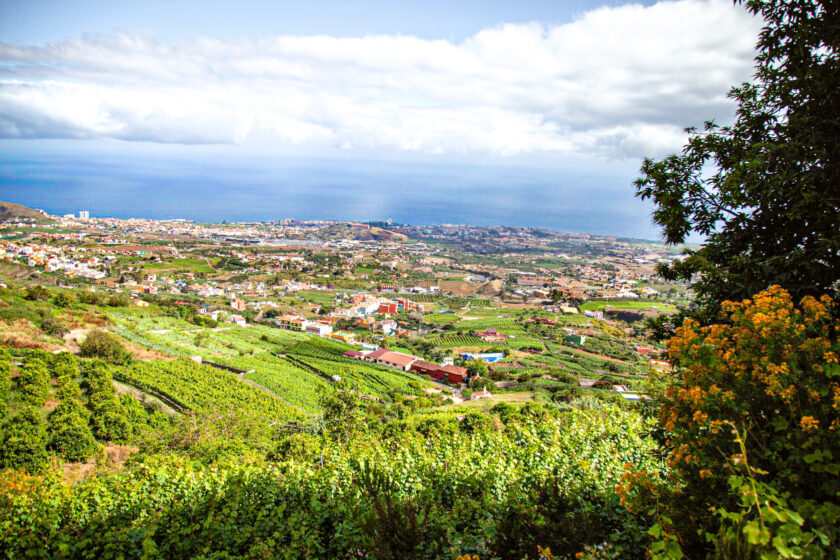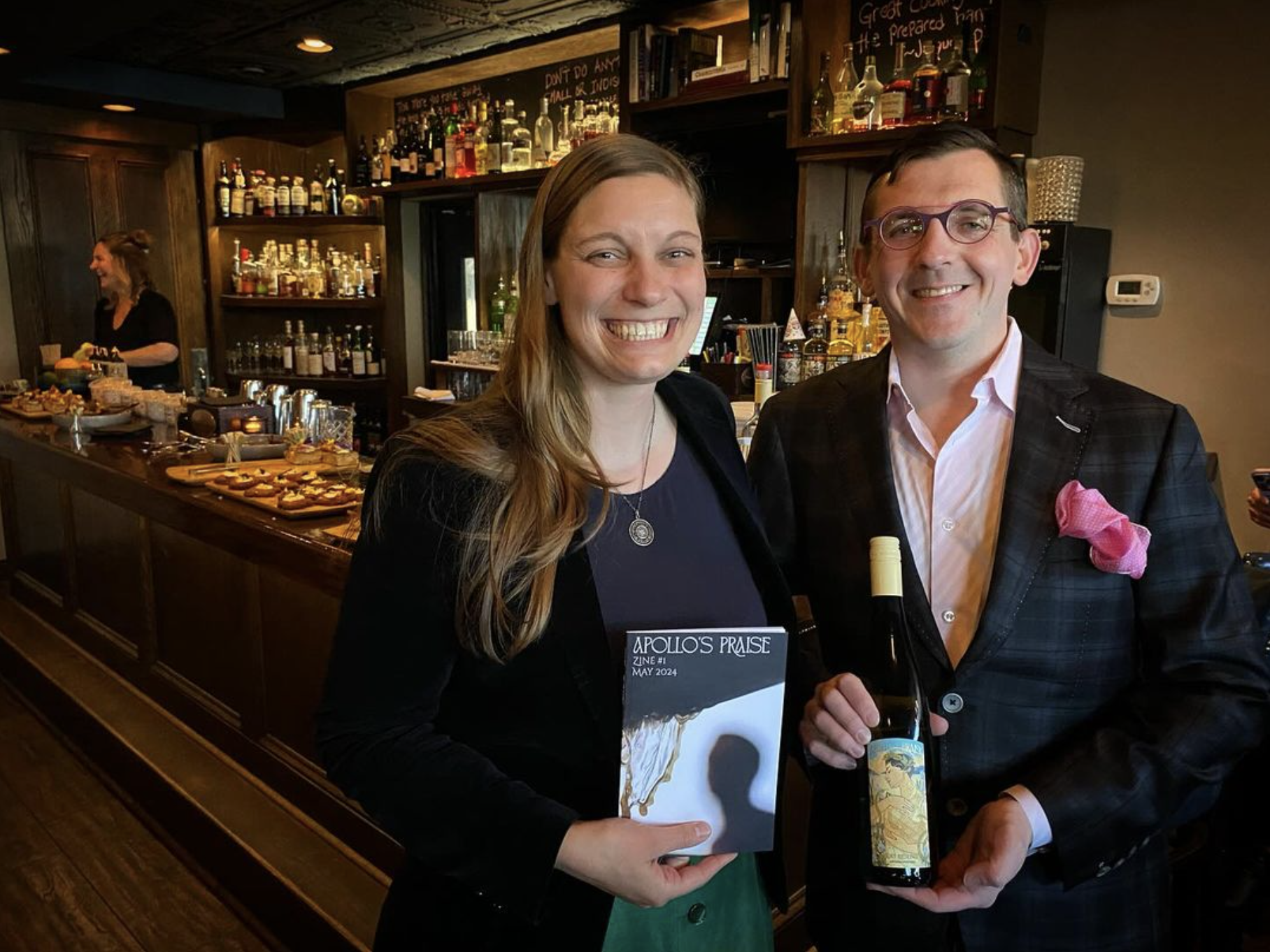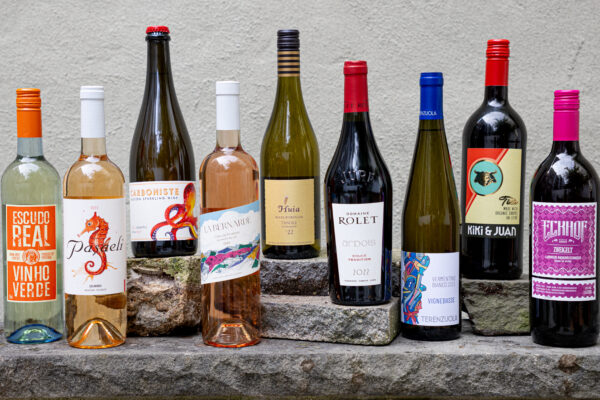In the first of our three-part series exploring Azores and Canary Islands wineries, we take a look at the renaissance blooming at Bodegas Arautava on the Spanish island of Tenerife.
Way, way up in the pine-clad heights of Tenerife there’s a village called Aguamansa. It’s a tougher, more hardscrabble place than the subtropical volcanic flanks of the Orotava Valley below. Not much grows there nowadays aside from potatoes; the only tourists that stray through are probably lost; the specter of the terrible 2023 wildfires presses all around. Here, on the wall of a house off the main road, there’s a plaque:
It was placed in May of 1998 at the behest of a neighborhood association, “to the memory of Don Casiano García Pacheco, a man who worked and fought so that his neighbors could have a better life.“ You may not be surprised to learn that, among his many other exploits, Don Casiano was a winemaker.
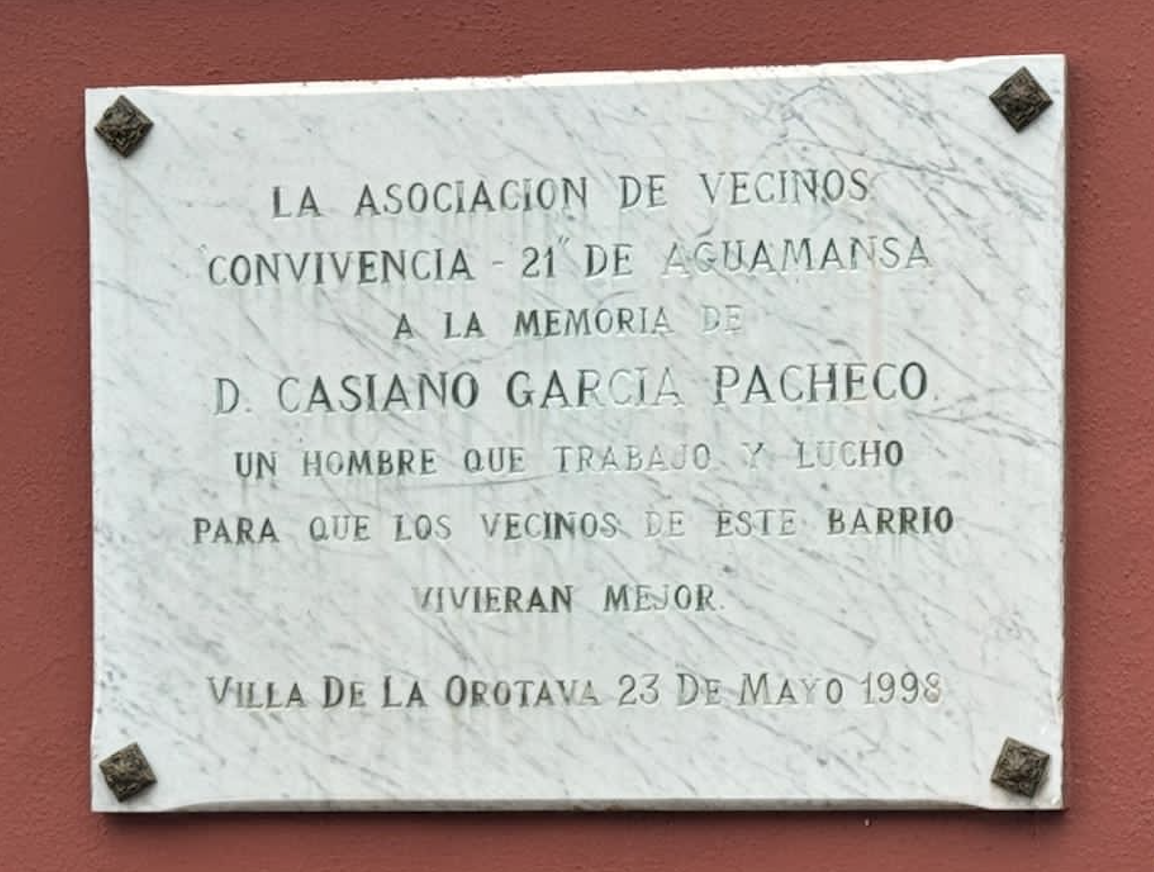
Rewind to a couple centuries ago. Once upon a time, an enterprising Tinerfeño (Tenerife islander) set sail for Cuba, made a good living in Habana, and eventually found his way back home to the Orotava Valley to settle down, plant some grapevines, and enjoy the rest of his days between the sea and the sky, seven hundred meters above the beaches of Puerto de la Cruz and another thousand or so below the mar de nubes (sea of clouds) over which the mighty Teide volcano reigns. He called his little finca, appropriately enough, Finca la Habanera, and he planted it to the utterly unique cordón trenzado (braided cord) training that is thought to have been brought by Portuguese settlers half a millennium ago, and today exists nowhere else in the winemaking world.
Today, those same ancient ungrafted vines of Finca la Habanera are enjoying a renaissance at Bodegas Arautava, under the proud stewardship of the grandchildren of Don Casiano of Aguamansa. Siblings Carlos (affectionately known as ‘Quique’) and Eduardo García took over in 2020 from their father Américo (who bought Habanera in 1973 and founded Arautava in the 1990s, all while managing the local co-op and helping develop the DOs of Tenerife), and they’ve made a firm and immediate mark. Never available until now in the United States, these are among the freshest, cleanest, and purest examples of Tenerife you can taste at a terrific value.
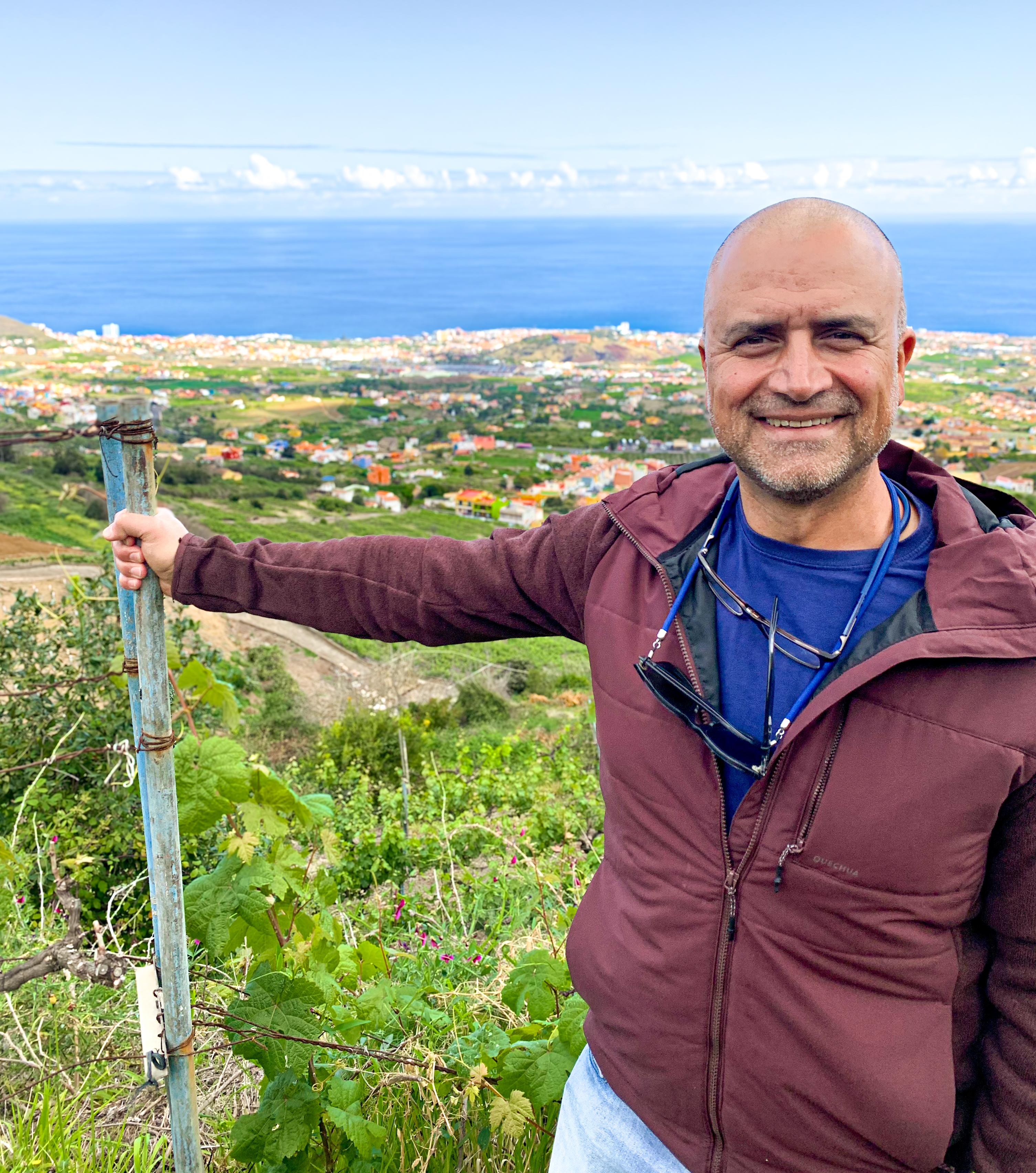
Cultivation is primarily in Listán Blanco (a local name for Palomino, brought originally by early Andalucían colonists) and Listán Negro.
The five hectares of the finca are supplemented by Listán Blanco purchased in the renowned white-grape district of Los Realejos and Listán Negro from Santa Ursula, just outside the eastern confine of the Orotava DO. (And it’s a good thing, too—the price of grapes, even with the recent international vogue for the Canaries, is such that without serious, consistent year-to-year buyers, more and more growers are actually abandoning centenary plots of vines in favor of avocados.)
All the vine material, estate or purchased, consists of 100- to 150-year-old cordón trenzado vines, in which the canes of an individual vine are twisted together into a long, snakelike braid that winds its way up the steep grade of the Teide volcano. This cultivation method is generally thought to have been developed for the Malvasía variety popular in Orotava several centuries ago (when ‘Canary Sack’ dominated the tables of northern Europe), but which has doggedly persevered to this day. Cultivation has been strictly organic since the current generation took the reins in 2020.
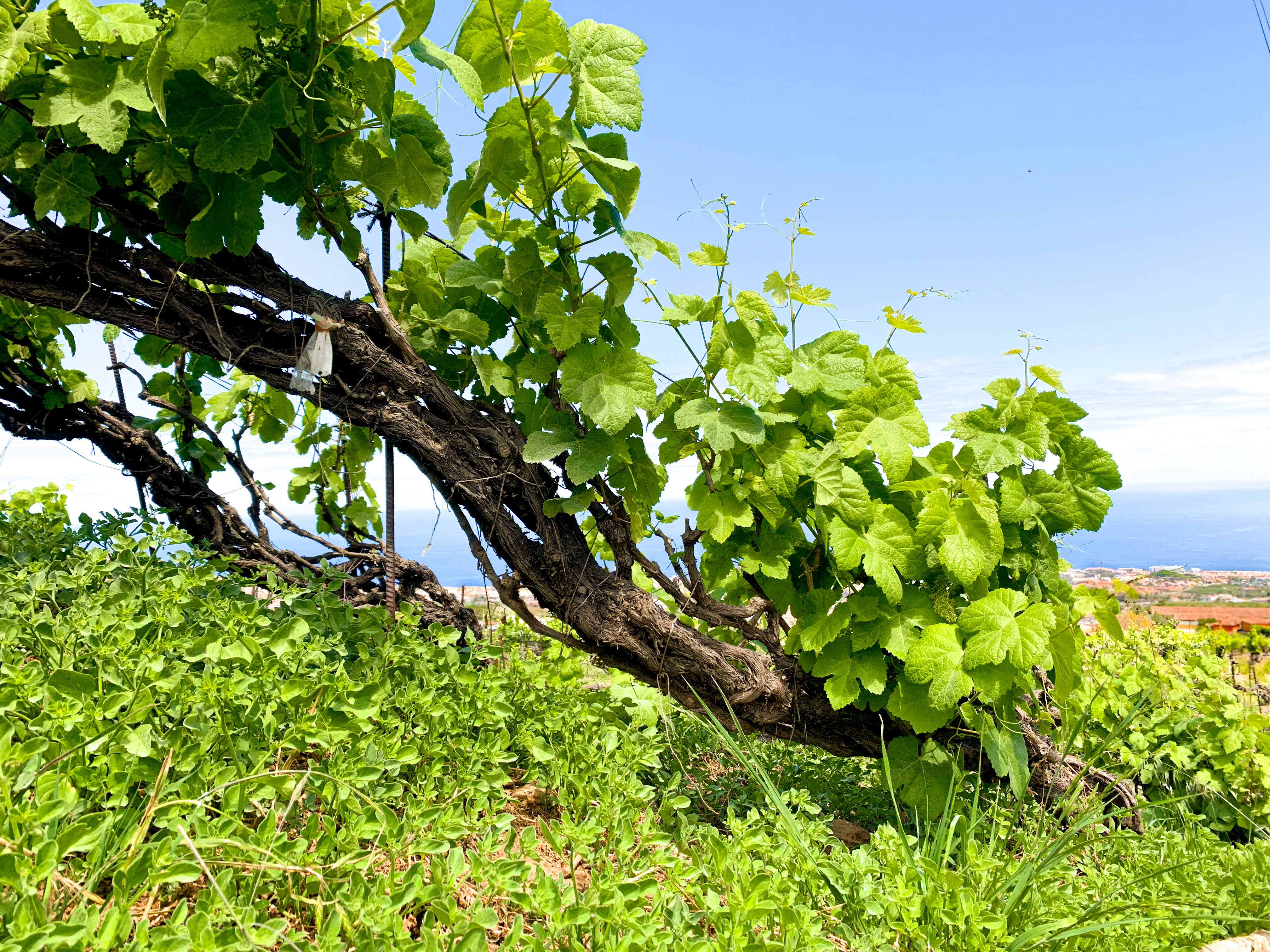
Vinification activity in the winery is relatively simple. It perhaps goes without saying that fruit picked on slopes above 30% grade is entirely hand-harvested. Once in the bodega, grapes are pressed pneumatically (for the entry-level wines) or in an old basket press (for upper-tier wines), and all are fermented in tank with indigenous yeasts fomented via pied de cuba. The majority of winemaking is done in tank, though oak isn’t out of the question for oxygenation of certain reds and élevage of Albillo and dessert wines.
Although the majority of the production is in Listán Blanco and Negro, stay tuned for more in the coming months. Arautava is considered the quality pioneer in Tenerife of Albillo Criollo, a variety most strongly associated in the Canaries with the island of La Palma. And long-élevage sweet wines from Malvasía varieties—the island’s centuries-old historic legacy—will see the light of day before long.
THE WINES
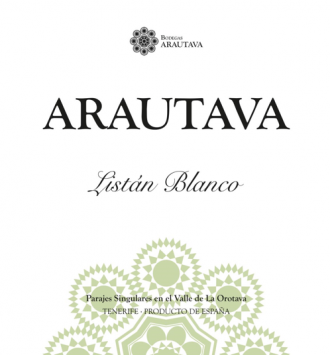
Valle de la Orotava Listán Blanco
- 100% Listán Blanco (Palomino)
- Sourced from ungrafted centenary vines at 500-600m altitude in the village of La Piñera
- Volcanic mother rock with thin clay topsoil
- Direct-pressed and fermented with indigenous yeast in tank
- Aged 3-4 months in tank before bottling

Valle de la Orotava Listán Blanco ‘Finca la Habanera’
- 100% Listán Blanco (Palomino)
- Sourced from ungrafted centenary vines in the prized Finca la Habanera
- 600-700m altitude and up to 40% grade
- Volcanic mother rock with thin clay topsoil
- Fruit is direct-pressed and the must is vigorously oxidized (“black chard” style)
- Fermented with indigenous yeasts in tank
- Elevage of 3-4 months in tank with lees stirring
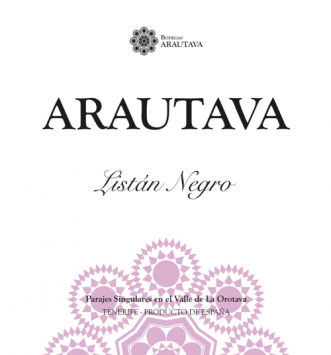
- 100% Listán Negro
- Sourced from ungrafted centenary vines at 250-400m of altitude in the village of Santa Ursula
- Volcanic mother rock with thin clay topsoil
- Destemmed but not crushed, for a short, soft fermentation in tank with indigenous yeasts
- Aged 3-4 months in tank




